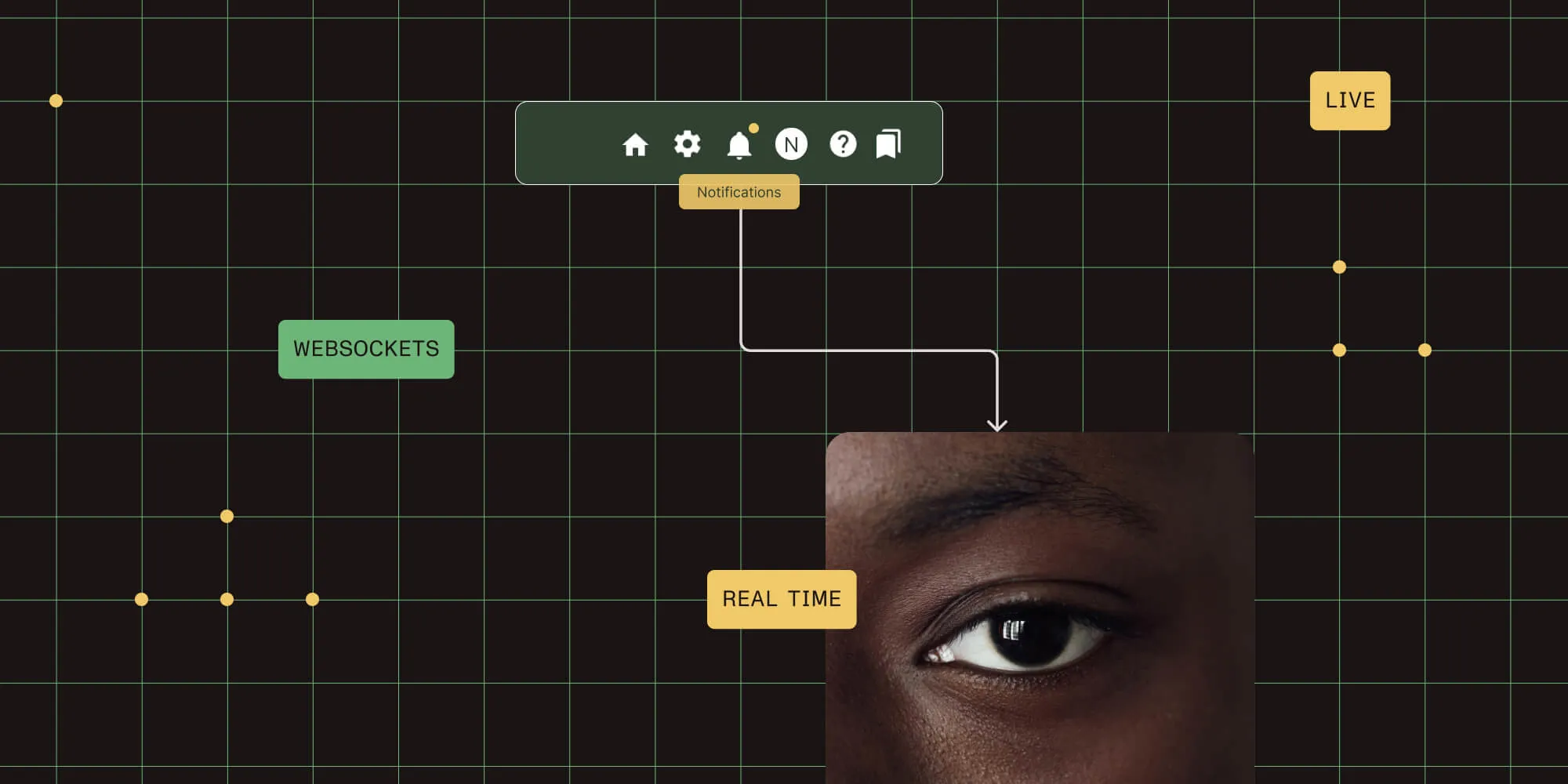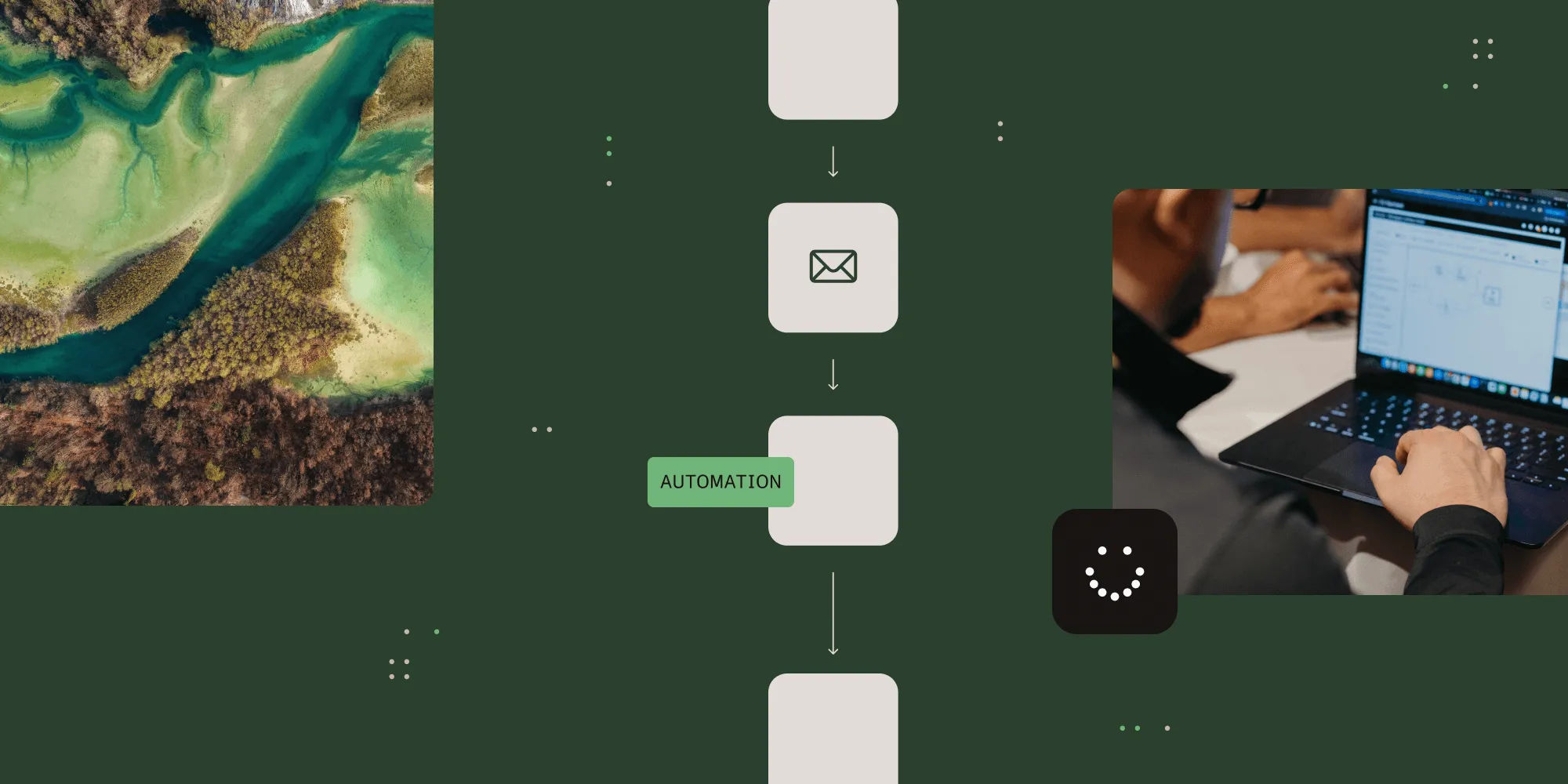How Cognitive Biases Affect Workplace Performance
Table of contents

No time to read? Sit back and listen to this post.
Nutrient Workflow(opens in a new tab) · How Cognitive Biases Affect Workplace Performance(opens in a new tab)
Cognitive biases, intentional or unintentional, can profoundly disrupt workplaces.
By understanding cognitive biases and how they can impact your workplace, you can better address them and prevent the adverse consequences.
One of the most subtle and pervasive ways cognitive bias affects the workplace is its impact on performance. Below, we will discuss cognitive biases, types of cognitive bias, and how to address them regarding performance.
What Is Cognitive Bias?
Cognitive bias is an error in how people interpret information. When people make mistakes in perceiving the information they gather, they can make incorrect conclusions. In addition, they can use it to mistakenly rationalize, judge, and process the information at hand.
Cognitive biases often occur because the brain tries to simplify the information gathered. They can help you make better sense of your world and make decisions quickly. However, the underlying assumptions can lead to distortions and inaccuracies.
How do you know if you are demonstrating cognitive biases in your workplace? That can be hard to define, given that there are hundreds of different types of bias. However, the following are some key clues that can indicate you are dealing with cognitive bias:
- Blaming outside factors when things go wrong
- Relying on news sources only that validate your beliefs
- Assuming everyone else shares your beliefs or opinions
- Believing others’ success is luck and yours is due to your abilities
- Understanding a small part of a subject and assuming you know all about it
Kinds of Workplace Cognitive Bias
As noted, there are many types of biases. Here are some of the most common as they relate to workplace performance.
Confirmation Bias
One of the most common bias types, confirmation bias, is when you have a deeply held belief or opinion and actively seek out information that supports that preconception. A strong desire to be right often deters people from looking for information that will refute, ignore, or dismiss the well-held belief.
In the workplace, confirmation bias can prevent people from considering contradictory ideas, solutions or even identifying issues. As a result, healthy sharing and debating of multiple ideas and perspectives can be squelched, leading some workers to hold back from sharing insights that go against the grain.
Dunning-Kruger Effect
Often, we can overestimate our talents and abilities, underestimate our ignorance, or devalue how poorly we are at something. Having a superficial understanding of a topic is fine. However, it can be problematic when we overvalue how much we know about that topic when we do not.
The Dunning-Kruger Effect plays out when people assume they know enough to solve a challenge without asking for help. It’s a good way to get in over your head, delay the completion of projects, miss deadlines, and disappoint customers, clients, and colleagues.
Organizations have specialists to address needs and be internal resources. When our biases prevent us from seeking the help of others, the consequences can be dire.
Halo Effect
The halo effect is when we associate good traits with other good traits or negative traits with other negative traits. One of the most common applications of the halo effect is how we associate physical appearance. People often associate physical attractiveness with competence or the ability to be good at other things.
With the halo effect at play, we are likelier to put people on important projects based on their likability or association with talent, even if they are not best suited for the task.
Actor/Observer Bias
With this bias, someone tends to attribute their actions to external factors while associating others’ behaviors with internal factors.
It means we evaluate actions based on whether we are the actor or the observer. We are generally more willing to understand our actions rather than those of others.
For example, in the workplace, we may believe we snap at a colleague because we are having a bad day. However, if someone is rude, we may conclude that that is who they are innately.
This bias can lead to conclusions that persist without giving others the same benefit of the doubt we give ourselves. In the workplace, single interactions can shape our opinions of others and cause us to avoid them whenever possible.
Optimism Bias
Optimism is generally considered a positive attribute. However, it can lead to errors. Optimism bias is mistaken thinking that we are less likely to experience negative effects or outcomes than others.
While a positive attitude is important, optimistic blinders can cause difficulties. For example, planners and analysts may encourage organizations to make risky financial decisions despite clear evidence – past performance, projections, industry norms – to the contrary.
Sunk Cost Fallacy
The challenge for many businesses, especially when starting, is pivoting to new paths. We want to recoup that initial investment when we have invested extensive time and money in a project, infrastructure, or initiative.
The Sunk Cost Fallacy can create institutional stubbornness, causing leaders to resist changing course because of the investments already made.
Planning Fallacy
How often do we or our organizations underestimate how long it will take to complete a task or a project? It’s a frequently occurring cognitive bias that can shape not only the time but also the money, resources, staff, and risks that are underestimated.
When you plan inaccurately, it’s OK. Plans can be adjusted. The challenge is when leaders remain devoted to the plan and cannot move, adjust, or revise to adapt to the realities of the situation.
Planning Fallacy can influence projects large and small. It can shape how long it takes to draft a memo, analyze a spreadsheet, or develop and launch an advertising campaign; whether large or small, projects shaped by this fallacy can become problematic and lead to frustration and disappointment.
Anchoring Bias
The first information you hear can often take an oversized space in your thinking. Anchoring Bias, or focalism, is an overreliance on that initial information. It means we cannot consider information learned later and cloud our decision-making equally.
Overcoming Cognitive Biases
Fortunately, there are many ways you can address cognitive bias and improve the efficiency of your organization. Here are some tips:
- Learn and Teach. Many people are unaware of cognitive biases, how to identify them, and how they impact organizations. Leaders should consider their own biases and lead staff sessions to help others understand
- Challenge Assumptions. Each of us is served well by challenging our beliefs and assumptions. Asking if a belief is true always, our evidence and if there are different ways of thinking about it can help us rethink what we believe, even if we don’t change our belief.
- Use 360 Feedback. The 360 feedback process gains insights from our supervisors, direct reports, and colleagues, comparing those perceptions to our work styles. It is an in-depth, powerful way to understand better ourselves and how others perceive us.
- Use Workflow Processes Solutions. There are effective frameworks that can help organizations understand, plan, and act decisively. Workflow solutions can force organizations to address and combat cognitive biases and boost productivity.
Recognizing that we all have cognitive biases is the first step in avoiding them. What has your experience with cognitive bias been? Let us know in the comments.
References
- https://www.weekly10.com/cognitive-bias-at-work/(opens in a new tab)
- https://screencloud.com/corporate-culture/cognitive-biases(opens in a new tab)
- https://www.verywellmind.com/what-is-a-cognitive-bias-2794963(opens in a new tab)
- https://hospitalityinsights.ehl.edu/cognitive-biases-at-work-team-dynamics(opens in a new tab)
- https://www.indeed.com/career-advice/career-development/different-types-of-cognitive-bias(opens in a new tab)
- https://www.weekly10.com/cognitive-bias-at-work/(opens in a new tab)

Mike Raia
Marketing the world's best workflow automation software and drinking way too much coffee. Connect with me on LinkedIn at https://www.linkedin.com/in/michaelraia/(opens in a new tab)







